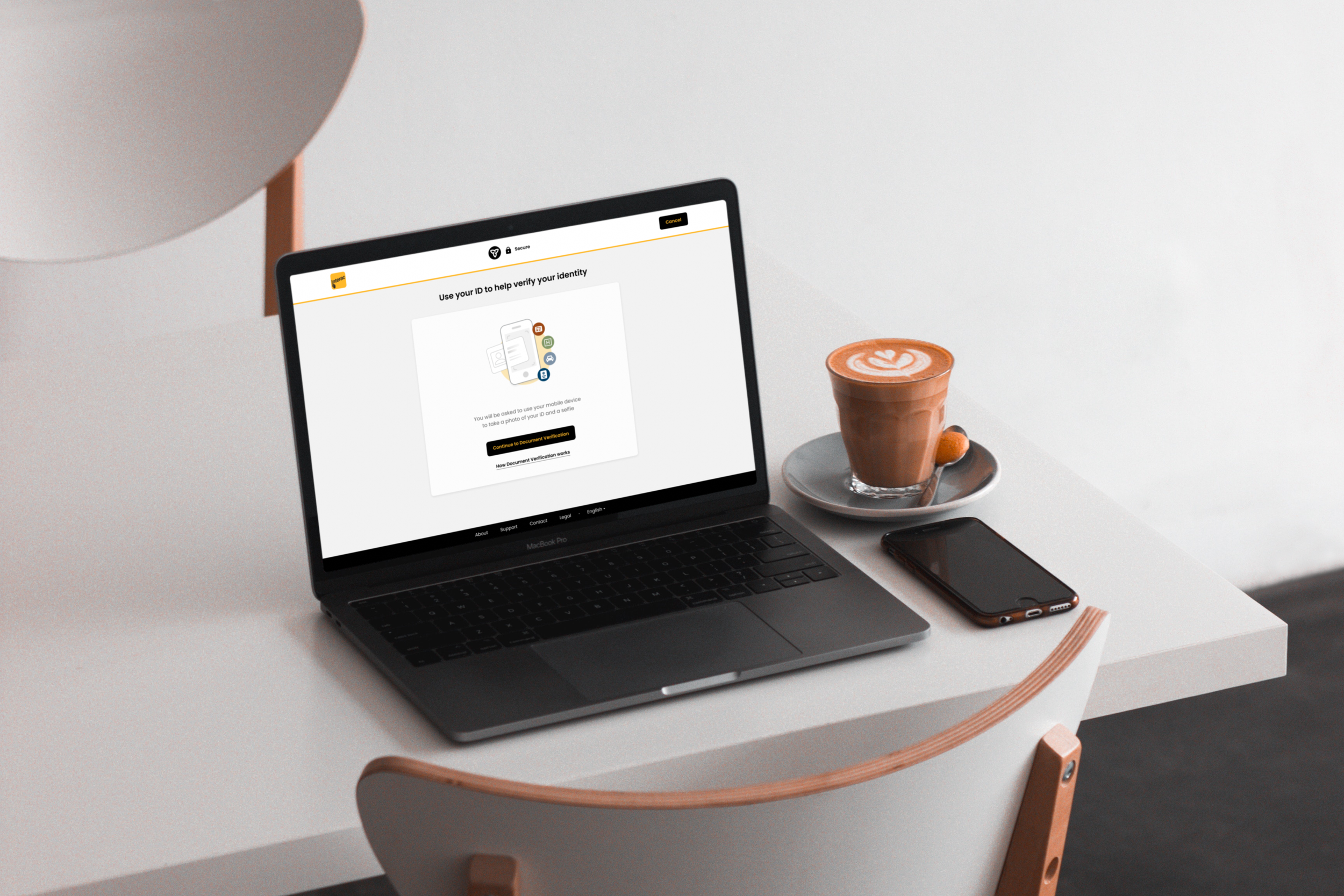
Identity Verification Service
Making more services available to Ontarians while ensuring privacy and security
Project Type
Government Service Integration
Duration
4 months (2024-25)
Company
Ontario Public Service
Role
UX researcher & designer
Overview
Background
This service has been developed & passed QA and due for release to the public.
I joined this team in October 2024 to carry out usability testing and lead the design of the in-person method of the service.
The document verification service enables Ontarians to verify their government issued identification documents online so as to access services from different government ministries and agencies. This service allows Ontarians to verify their government-issued identification online, enabling them to access services across various government ministries and agencies.
This service is delivered in three methods:
My Role
I was a UX researcher and UX designer working alongside one senior UX designer and a fellow junior UX designer. I managed relationships with a business analyst, content designer, and project manager.
Tools used:
Figjam (mainly for mapping exercises in collaboration with other stakeholders)
Figma (for wireframing)
Miro (For brainstorming)
Microsoft Powerpoint, Excel
Alchemer (For surveys)
Objectives
✓ Gather actionable insights through usability testing with the existing design. Ensure the product is user-centred due to the diverse audience (16 million Ontarians)
✓ Lead the design of the in-person method of the verification service, which would occur at a ServiceOntario location, from concept creation.
Process
My Process Towards the Objective
The Strategy
For the online services, we started by having a strategy planning session with the design team internally and also with the general team including the business analysts. The main aim was to outline processes we'd need to go through to reach the goal within the established timeline and communicate relevant tradeoffs to stakeholders if necessary. We broke down the processes into achievable milestones and shared with leadership to gain approval. Some of the key expectations for the process worthy of noting includes:
Creation of a Usability Testing Plan
Recruitment of Testers
Testing Exercise
Testing Report
For the in-person services, which I'm lead UX designer on, I started by engaging the general team, as well as frontline workers who would be the end users, to understand the physical and digital interactions involved in the service. Since this feature was introduced later in the process, my role was to leverage insights from previous usability testing to conceptualize and design a seamless user flow within a tight timeline.
Creating a Usability Testing Plan
Key outcomes to highlight:

